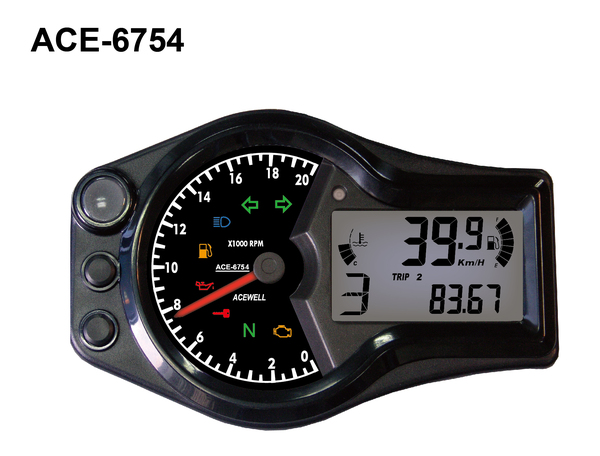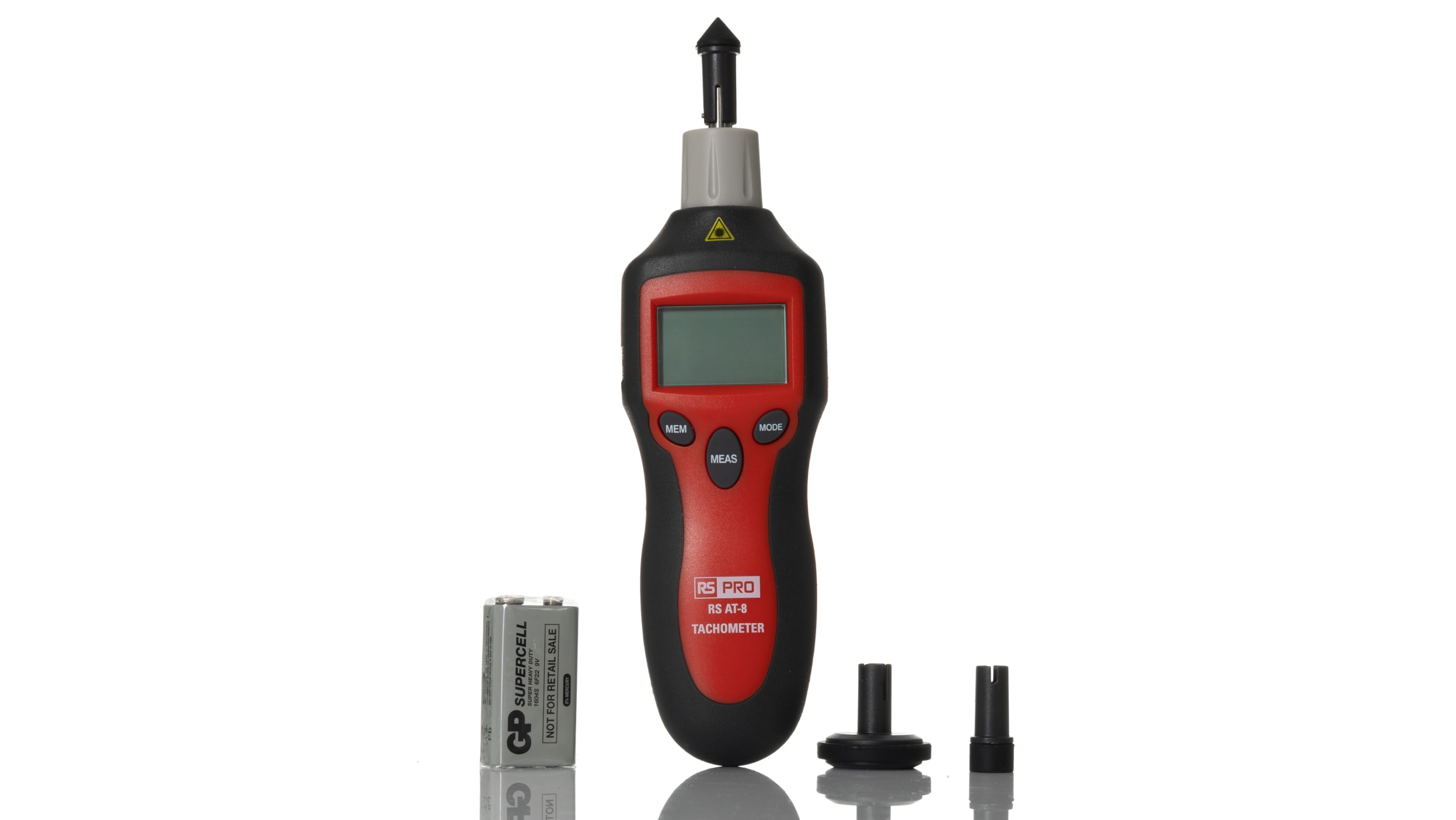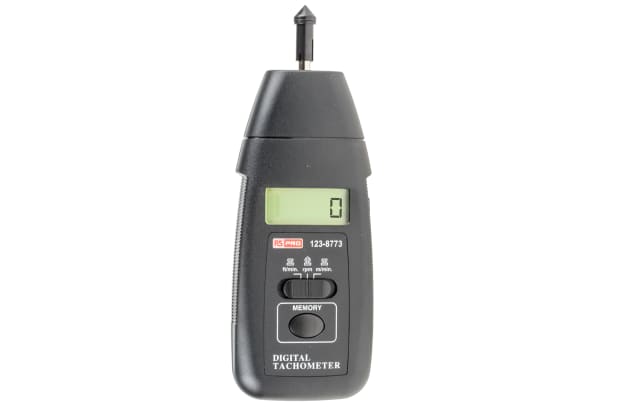The Advantages of Setting Up a Tachometer in Your Lorry
The Importance of a Tachometer in Keeping An Eye On Engine Rate and Efficiency in Automotive Applications
In the realm of vehicle design, the tachometer stands as a crucial instrument in the chauffeur's toolbox, offering a direct home window right into the internal functions of a car's engine. Past its function as a mere gauge of changes per min (RPM), the tachometer serves as an essential tool for fanatics and specialists alike, offering real-time insights into engine performance and health.
Significance of Monitoring Engine RPM
Keeping an eye on engine RPM, or transformations per min, is an important facet of auto maintenance and performance assessment. Engine RPM straight correlates with the speed at which the engine's crankshaft revolves, indicating how rapidly the engine is running - tachometer. By keeping an eye on RPM, mechanics can examine the wellness of the engine, discover potential issues, and fine-tune performance. An uncommon RPM reading may signal issues such as engine misfires, defective ignition system, or issues with the fuel delivery system. Continually high RPM readings could suggest hostile driving habits or the requirement for a greater equipment shift to improve gas performance.
Additionally, checking engine RPM is crucial for performance assessment in racing and high-performance lorries. In summary, keeping track of engine RPM is not just vital for spotting problems however additionally for maximizing engine efficiency in different automotive applications.

Advantages of Real-Time Data
In vehicle applications, real-time information plays an essential function in supplying instantaneous understandings into the efficiency and problem of the automobile. By continually checking numerous criteria such as engine rate, temperature level, gas intake, and extra, real-time information uses many advantages that add to improved effectiveness and security when driving.
Furthermore, real-time information assists in performance optimization by giving instant feedback on driving practices and engine efficiency. Motorists can adjust their actions in real-time based on this information to attain better gas economy and lengthen the lifespan of their automobile.

Moreover, real-time data plays an essential function in modern-day automobile diagnostics, making it possible for specialists to promptly diagnose and attend to breakdowns. This results in minimized downtime, reduced maintenance expenses, and inevitably, improved general lorry reliability and durability (tachometer). By using the power of real-time data, automobile stakeholders can make enlightened choices that positively affect both the efficiency and long life of the vehicle
Effect On Equipment Shifts
Reliable equipment shifts in automobile applications dramatically affect overall performance and driving experience. The tachometer plays an important function in maximizing equipment changes by giving real-time engine rate data to the chauffeur. When approaching the redline on the tachometer, it indicates the motorist to upshift to avoid over-revving the engine and creating potential damage. On the other hand, downshifting at the right minute can assist keep the engine in its power band, guaranteeing responsive velocity when needed.
Moreover, the tachometer help in accomplishing smoother equipment shifts, particularly in manual transmissions. By monitoring engine rate, vehicle drivers can implement equipment changes at the optimal RPM array, reducing jerking motions and reducing wear on the transmission components. This precision in click for more equipment modifications not only improves driving convenience yet likewise contributes to fuel effectiveness.
Enhancing Gas Performance
Given the important duty the tachometer plays in maximizing equipment changes for performance and engine health and wellness, it directly adds to making the most of fuel efficiency in vehicle applications. By providing real-time comments on engine rate, the tachometer assists chauffeurs in preserving the most effective RPM range for fuel economic climate. When vehicle drivers constantly monitor the tachometer and change their motoring behaviors as necessary, they can avoid unnecessary gas click to find out more consumption triggered by over-revving or lugging the engine.
Additionally, the tachometer assists vehicle drivers recognize the most fuel-efficient equipment to be in at any kind of provided moment, avoiding the engine from working more difficult than necessary. In conclusion, the tachometer offers as a beneficial tool in enhancing fuel effectiveness by advertising ideal driving routines and determining areas for renovation in the car's efficiency.

Maximizing Engine Longevity
The tachometer's role in monitoring engine speed and performance is crucial in guaranteeing the long life of automobile engines. Checking the tachometer permits chauffeurs to remain within the advised RPM range for their vehicle, preventing unneeded strain on the engine over at this website and expanding its lifespan.

Final Thought
In final thought, the tachometer plays an essential role in checking engine rate and efficiency in automobile applications. By giving real-time information on RPM, it enables efficient equipment shifts, boosted fuel performance, and optimized engine durability. This device is necessary for keeping optimum engine performance and ensuring the overall capability of a lorry.